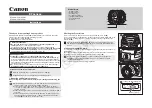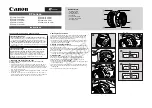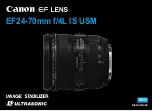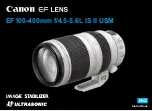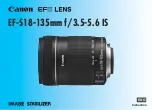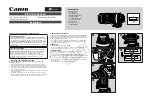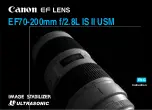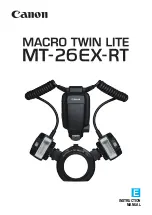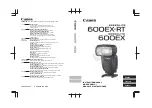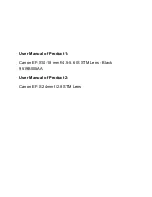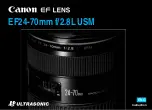
72
Appendix B: Trouble Shooting Guide
Linea HS 32k CMOS TDI Cameras
Smeared & Distorted Images
To achieve a well-defined image, the multiple lines are summed together and delayed in a manner
that matches the motion of the image across the sensor.
This synchronization is achieved by sending an external synchronization (EXSYNC) signal to the
camera, where one pulse is generated when the object moves by the size of one object pixel. See
‘External Trigger Mode’ in the user manual.
Any transport motion that is not correctly reflected in the EXSYNC pulses will cause image
distortion in the scan direction. For standard line scan cameras, this type of image distortion may
not greatly affect edge sharpness and small defect contrast; thereby having minimal impact on
defect detection. However, TDI image quality is more sensitive to object motion synchronization
errors.
The following subsections discuss causes of poor image quality resulting from the EXSYNC signal
not accurately reflecting the object motion.
Continuously Smeared, Compressed or Stretched Images
When accurate synchronization is not achieved, the image appears smeared in the scan direction.
If the EXSYNC pulses are coming too fast, then the image will appear smeared and stretched in the
machine direction. If the pulses are too slow, then the image will appear smeared and compressed.
Check the resolution of the encoder used to generate the EXSYNC pulses, along with the size of the
rollers, pulleys, gearing, etc. to ensure that one pulse is generated for one pixel size of travel of
the object.
It is also important that the direction of image travel across the sensor is matched to the camera’s
scan direction, as set by the user. See ‘Scan Direction’ in the user manual for more information.
If the scan direction is incorrect, then the image will have a significant smear and color artifacts in
the scan direction. Changing the scan direction to the opposite direction should resolve this
problem.
Refer to ‘Camera Orientation’ in the user manual to determine the correct direction orientation for
the camera.
Note: The lens has a reversing effect on motion. That is, if an object passes the lens-
outfitted camera from left to right, the image on the sensor will pass from right to left.
The diagrams in the user manual take the lens effect into account.





















